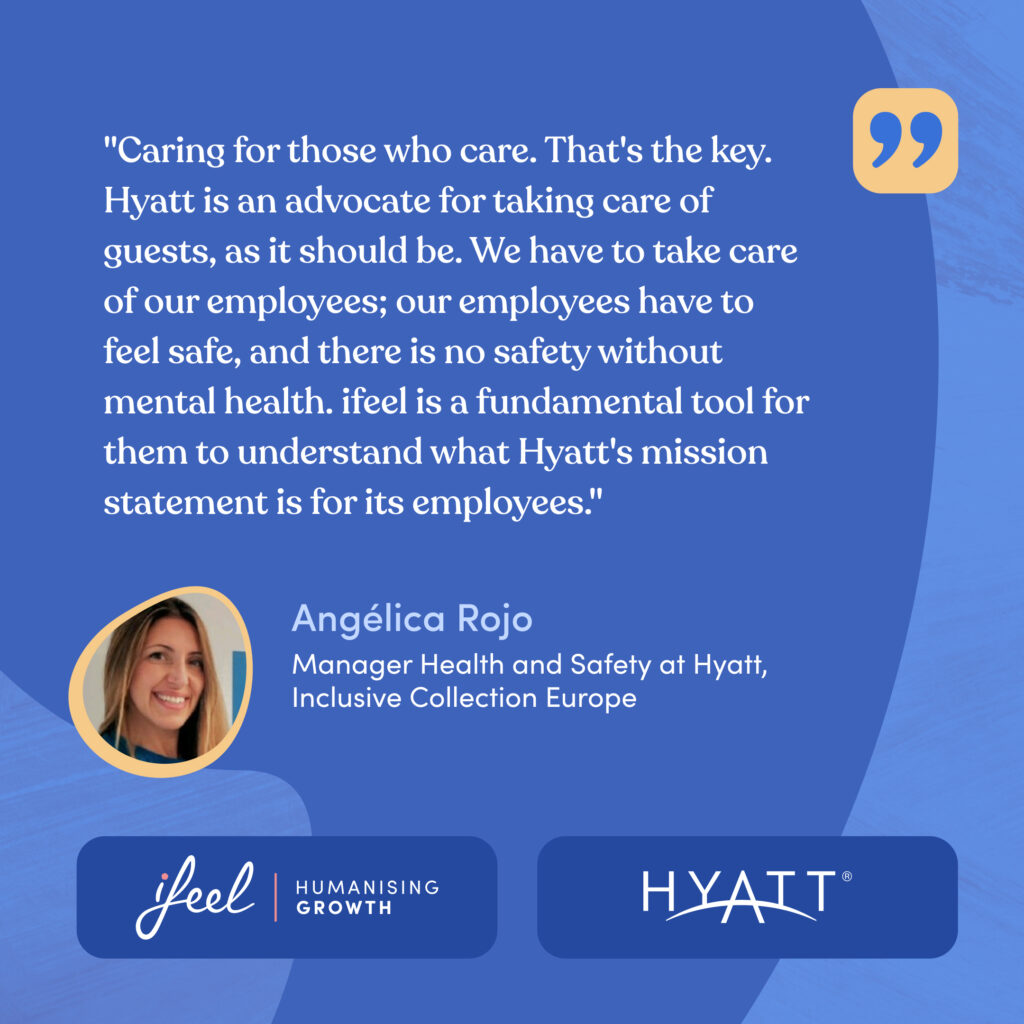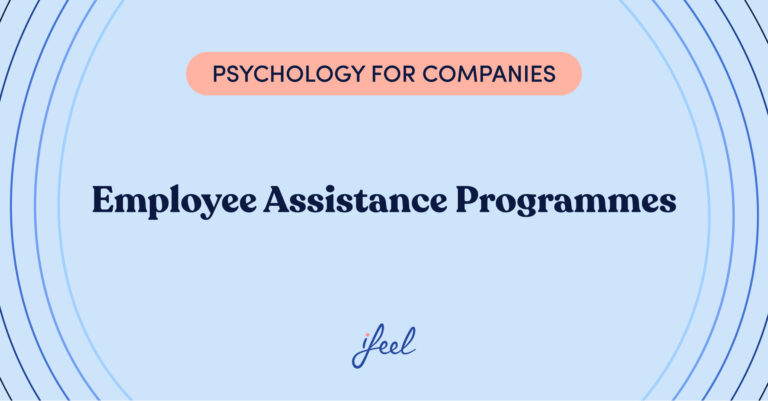Imagine an orchestra where each musician plays their own tune, without listening to the others. The result would be sonic chaos, which is far from the harmony it should produce. Now, transfer that image to your enterprise.
If this sounds familiar, you are likely facing one of the most insidious challenges in today’s corporate world: organisational silos. These invisible barriers between departments not only slow down productivity, but also stifle creativity and erode work culture from the ground up.
In a market where agility and innovation are the keys to survival, organisational silos act as invisible anchors, dragging enterprises towards inefficiency and obsolescence.
However, despite their devastating impact, many enterprises continue to ignore this problem, trusting that common objectives are sufficient to foster collaboration.
What are organisational silos?
This phenomenon, first described in 1988 by Phil Ensor as ‘functional silo syndrome’, occurs when a team or group of teams intentionally isolates itself from the rest of the organisation.
In this way, organisational silos are structures or mentalities within an enterprise that cause departments or teams to work in isolation, without sharing information or collaborating effectively with other areas of the organisation. That is to say, they can be teams, departments or groups of people who are isolated from the flow of information from other areas of the enterprise.
In essence, working in silos means operating in a vacuum, as if the team were a completely separate entity from the enterprise as a whole. This practice goes beyond a simple lack of communication; it involves actively concealing information, resisting collaboration and even carrying out work that is not aligned with the company’s overall objectives.
What makes organisational silos particularly harmful is the accompanying ‘silo mentality’. This mentality manifests itself when employees find it difficult to see beyond their own ‘world of work’, focusing solely on their immediate tasks and departmental objectives, without considering how their work affects or relates to the rest of the organisation.
This mentality is the natural enemy of collaboration and transparency at work, two crucial elements for business success in today’s market.
Why are organisational silos formed?
Organisational silos can arise for a variety of reasons:
| Reason | Description |
|---|---|
| Rigid hierarchical structure | An overly vertical organisational structure creates barriers between levels. Information and decisions flow strictly from top to bottom, limiting horizontal communication between departments. This leads to each unit focusing on its own goals, losing sight of the overall objectives. |
| Lack of common objectives | When each department has objectives that are not clearly connected to the overall vision of the enterprise, an ‘us versus them’ mentality is fostered. This lack of alignment can lead teams to prioritise their individual goals over the common good of the organisation. |
| Poorly managed internal competition | Excessive competition between departments for resources, recognition, or influence reduces the likelihood of sharing information or collaborating on interdepartmental projects. This can result in a culture of hoarding information and resources. |
| Inefficient communication systems | The lack of adequate tools and processes to facilitate interdepartmental communication contributes to the formation of silos. When the channels for sharing information are unclear or complicated, employees tend to limit their communication to their own team or department. |
| A corporate culture that does not encourage collaboration | A culture that does not value or reward interdepartmental collaboration is fertile ground for organisational silos. If the enterprise does not actively promote the exchange of ideas and cooperation between areas, employees will focus on their immediate responsibilities without considering their relationship with other departments. |
Furthermore, it is crucial to understand that organisational silos not only affect operational efficiency, but can also harm employees’ well-being. The consequences of organisational silos include:
- Poor communication
- Decreased trust
- Low employee morale
- Lack of work commitment
- Lower productivity
- Waste of time
- Duplication of effort
- Fragmented business processes
- Reduced innovation
- Deterioration of corporate culture
- Isolated and selfish decision-making
- Misunderstandings about mission and values
- Waste of resources
- Increased operating costs
- Less teamwork
How can organisational silos be avoided?
The logical alternative to an organisational structure that encourages organisational silos is collaboration. Working collaboratively transforms organisational dynamics from competitive to cooperative. This change creates an environment of greater psychological security, resulting in numerous benefits: lower absenteeism and turnover, reduced burnout, greater commitment to and motivation of employees, and a more positive work experience.
In essence, collaboration not only improves efficiency, but also fosters a more satisfying and productive work environment. To achieve this, enterprises can:
1. Establish objectives for internal communication in enterprises that are clear and shared
One of the keys to breaking down silos is to ensure that all departments and teams understand and align with the overall objectives of the enterprise. This helps to create a sense of common purpose and encourages interdepartmental collaboration.
2. Foster a positive corporate culture
A company’s culture plays a crucial role in the formation or elimination of silos. Creating a culture that values transparency, collaboration and knowledge sharing can significantly help break down silos.
To help in this process, at ifeel, we have designed an essential resource to foster a positive culture in your organisation. Discover effective strategies to improve the work environment and enhance the well-being of your workers. Don’t miss out and download it for free now!
3. Implement effective communication tools
Using the best well-being platform for enterprises can facilitate communication and collaboration between departments. These tools can include project management software, internal communication platforms or mental health solutions for enterprises, such as ifeel, which promote a culture of openness and mutual support.
4. Encourage job rotation and interdepartmental projects
Allowing employees to work in different departments or on projects involving multiple teams can help break down barriers and foster a broader understanding of the organisation.
5. Emotional leadership
Emotional leadership plays a crucial role in breaking down organisational silos. Leaders who are able to identify and manage their own emotions and those of their teams can create an environment of trust and openness that facilitates interdepartmental collaboration.
‘At Cabify, we leaders do everything we can to provide an environment of support, trust and professional development, offering constructive feedback and opportunities for growth’
–Virginia Grenón Lobato, Global Head of Human Resources Operations at Cabify, an ifeel partner company.
6. Establish collaborative spaces
Creating physical or virtual spaces where employees from different departments can interact and collaborate can help break down invisible barriers between teams.
7. Measure and reward collaboration
Incorporating collaboration metrics into performance evaluations and rewarding teamwork efforts can incentivise employees to seek out opportunities for collaboration beyond their departments.
The Leadership Lens🔎
Leaders are key to breaking down organisational silos, which can hinder communication and collaboration within an enterprise. To foster a more integrated environment, leaders must promote transparency and interdepartmental interaction. This can be achieved by implementing policies that encourage teamwork and information sharing.
In addition, leaders must lead by example, actively participating in initiatives that cross departmental boundaries.
Mental health at work, one of the biggest challenges facing organisations today
At ifeel, we know that organisational silos can be a significant obstacle to the success and growth of an enterprise. However, with the right strategies and a genuine commitment to collaboration and open communication, it is possible to break down these barriers and create a more united and efficient organisation.
To assist in this process, our clinical team provides leading companies in their sector with a dynamic, scalable and fully personalised solution, powered by AI. We have a strategy and approach based on key data to help organisations with a global presence address one of the biggest business challenges of our time: mental health at work.
This solution offers employees a mental health care service structured at different levels depending on their needs at any given time. Discover our Resources section where you will find different materials, such as webinars, podcasts, guides for human resources on current topics and interviews with leaders of large organisations.

Data-driven methodology
Our mental health solution for enterprises employs evidence-based practices and innovative methods, backed by the latest research and a network of over 600 mental health professionals. Would you like to know more about our Clinical Research Department? Don’t forget to visit this section to stay informed about the latest studies and research in mental health in corporate environments.
We hope you found this article on employee well-being in crisis management interesting.
If you would like more information about the ROI of our personalised mental health solution for enterprises, simply request it here and our team will make a calculation adapted to the specific characteristics of your enterprise.









